1
2
3
4
5
6
7
8
9
10
11
12
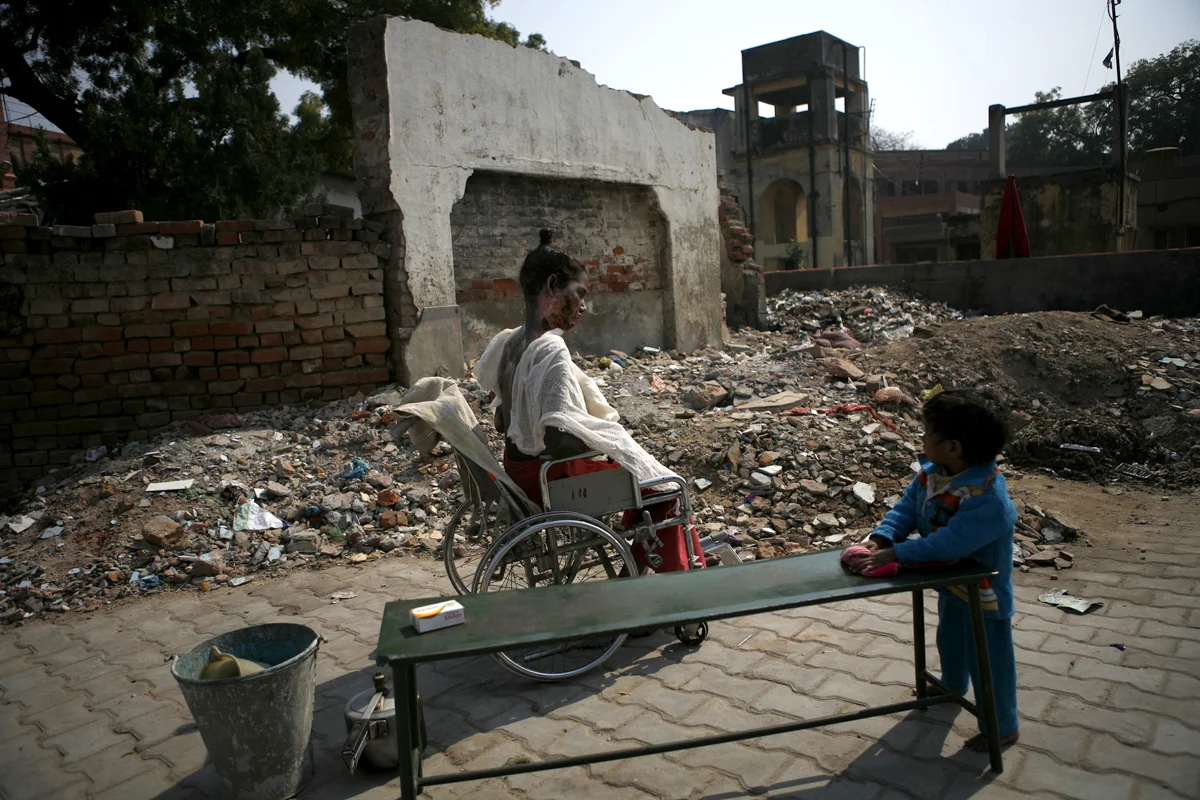
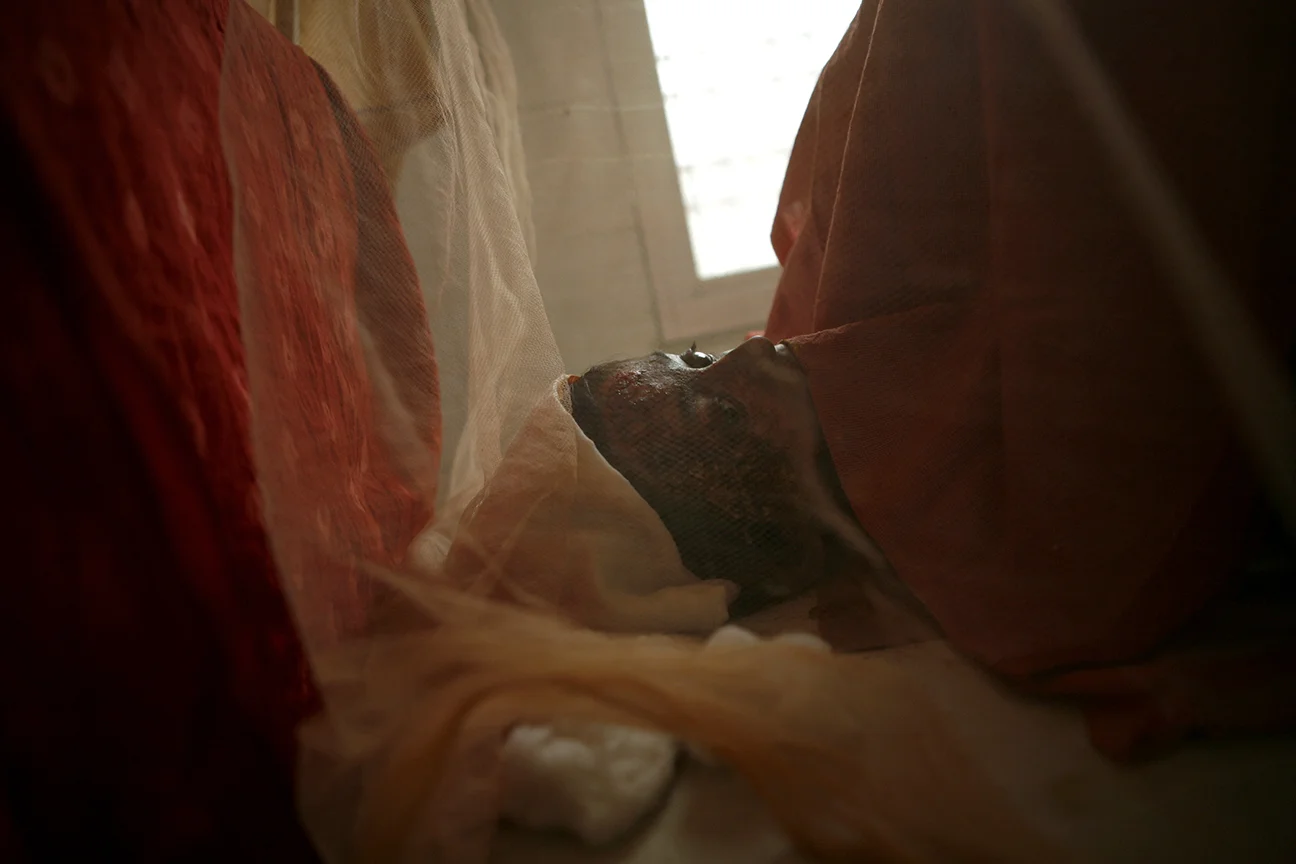
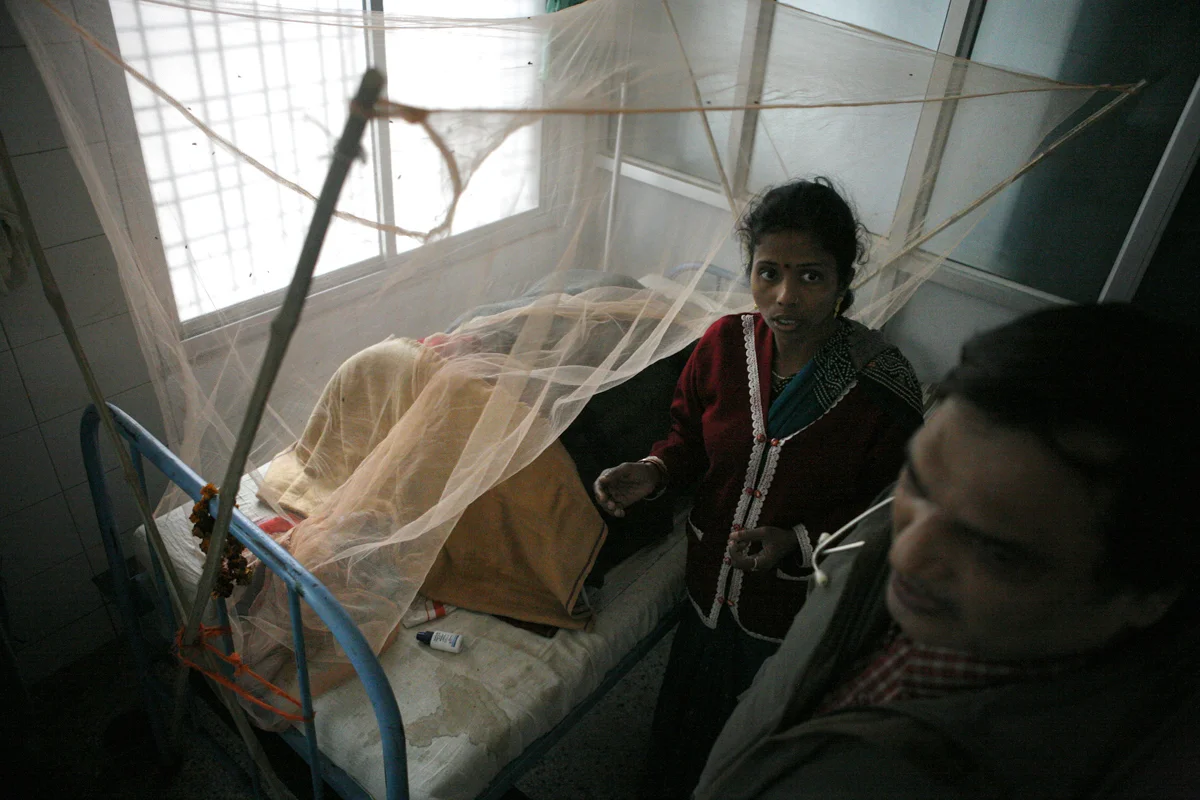
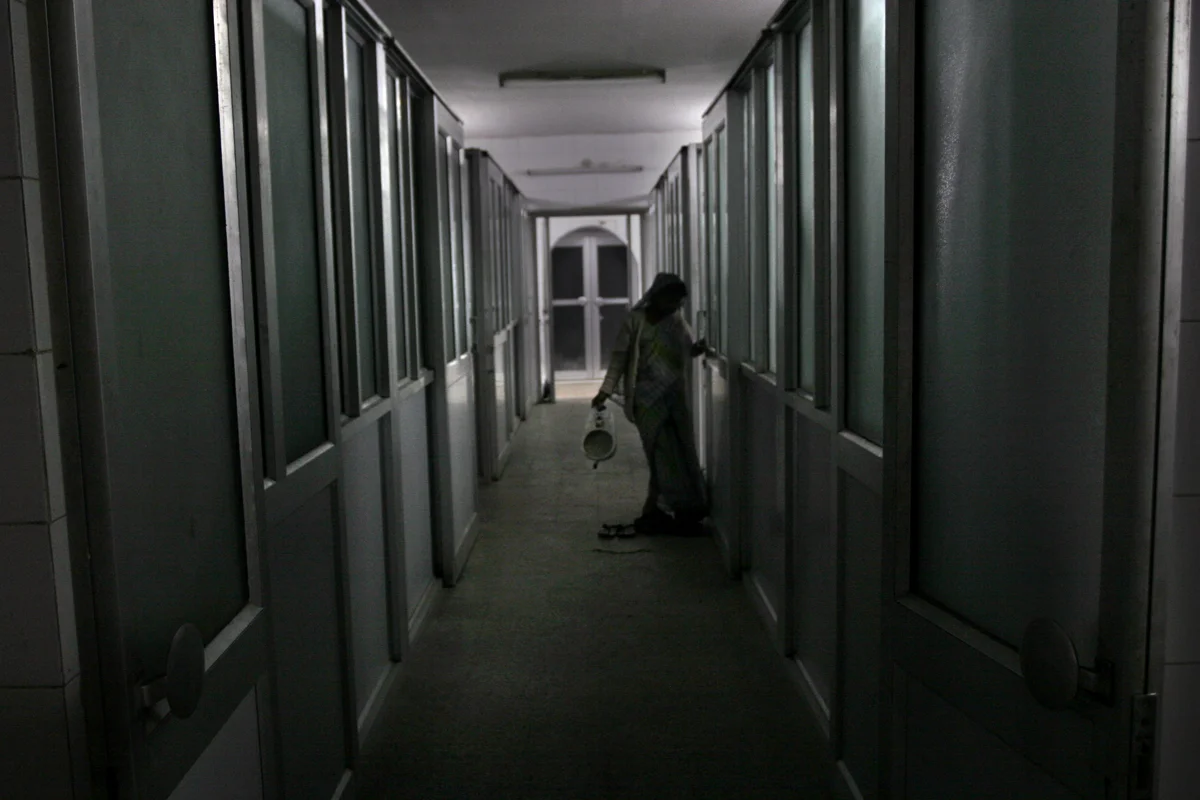
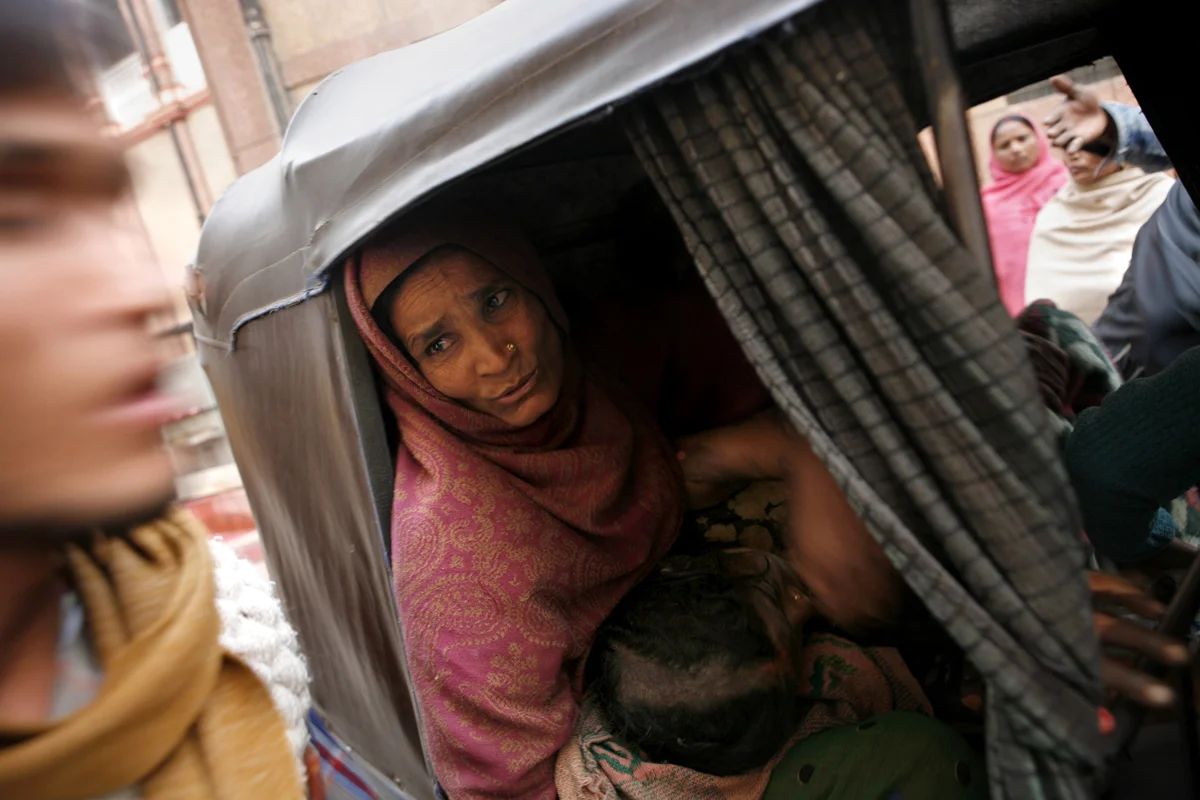
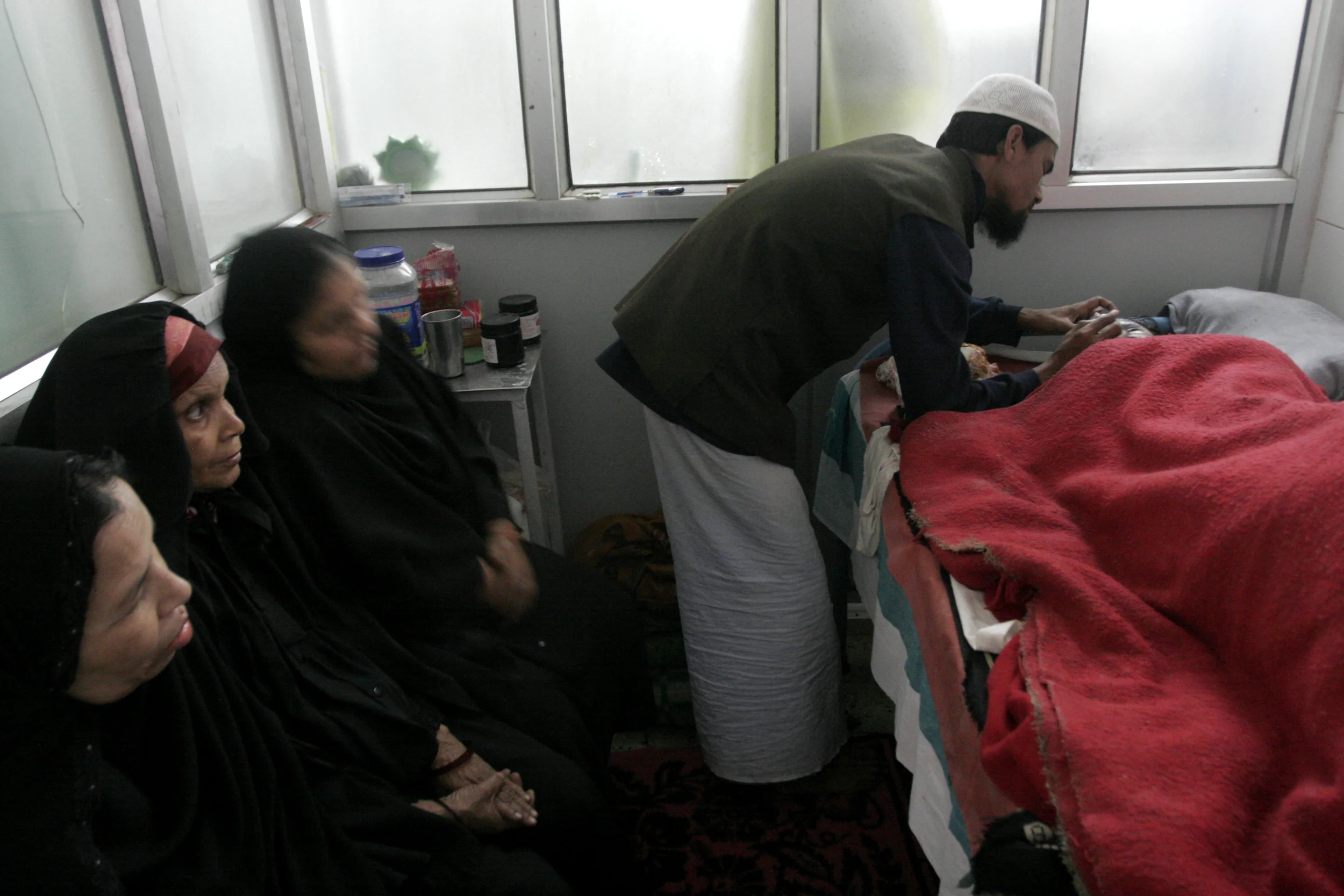

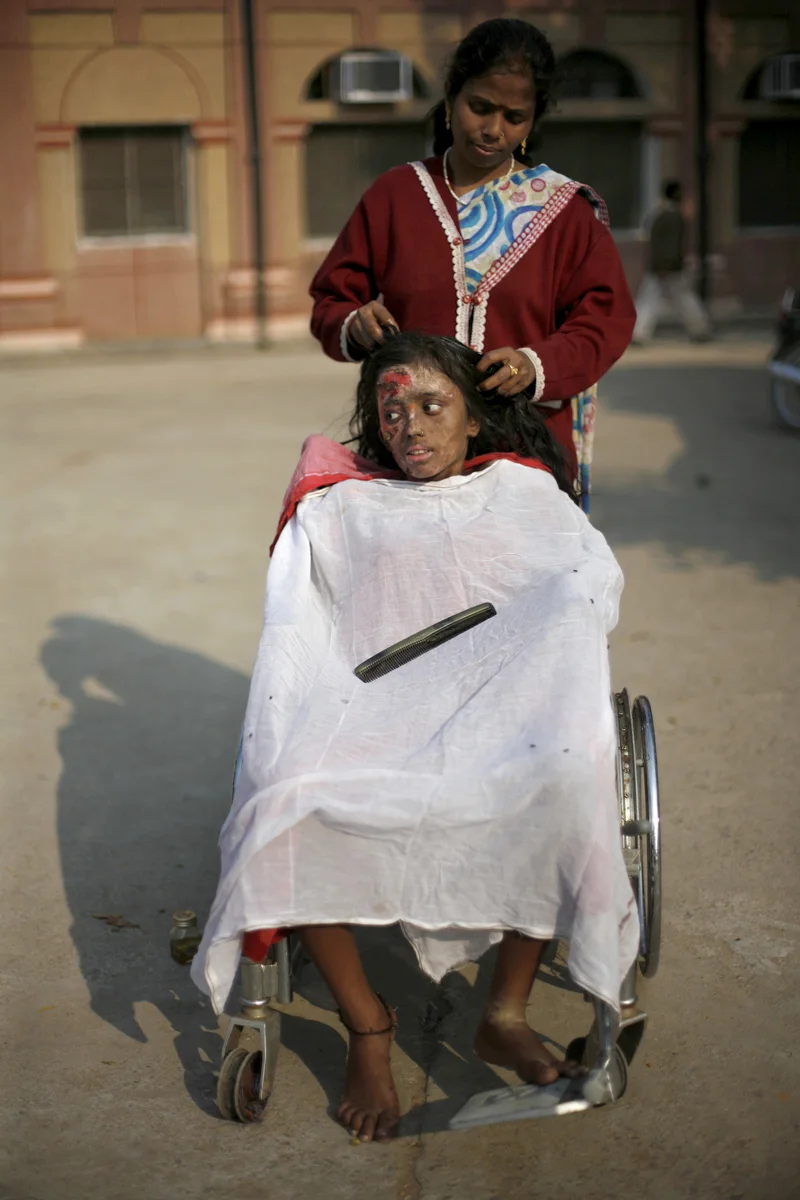
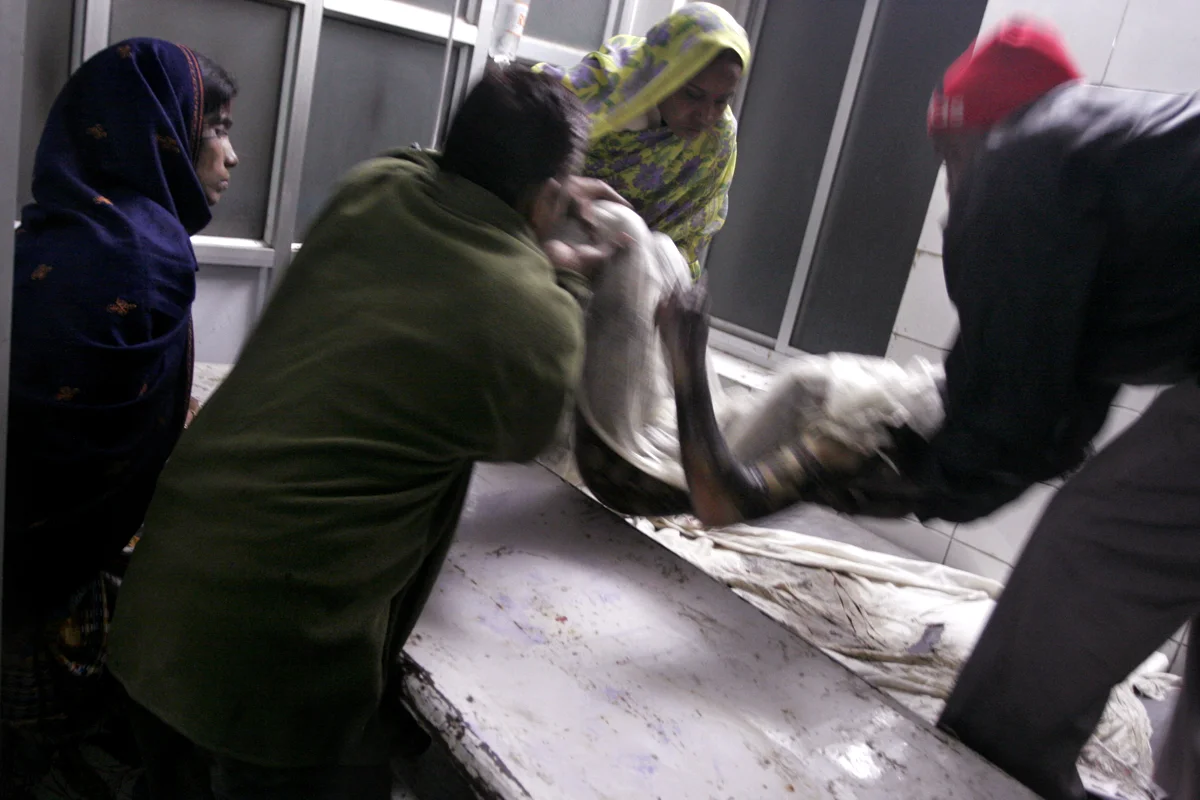
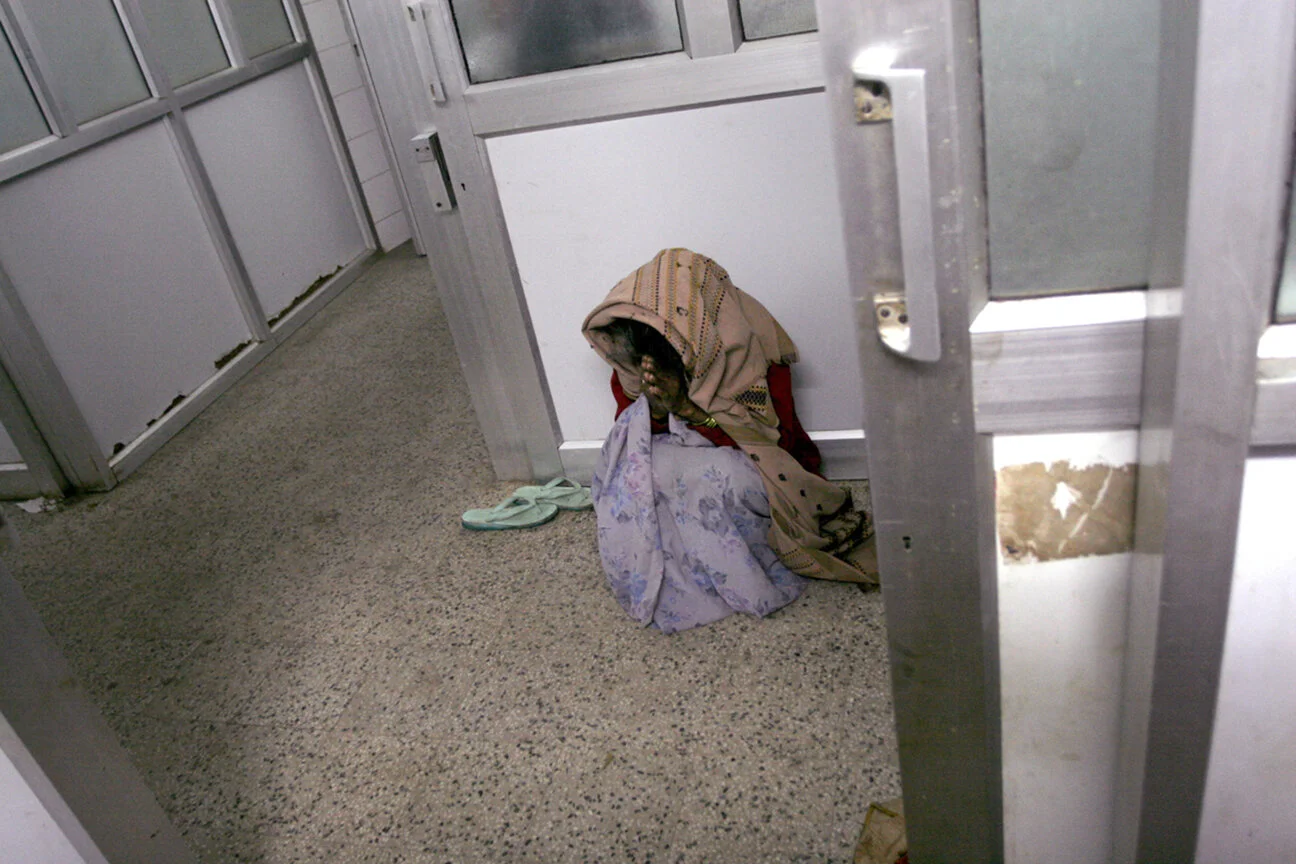
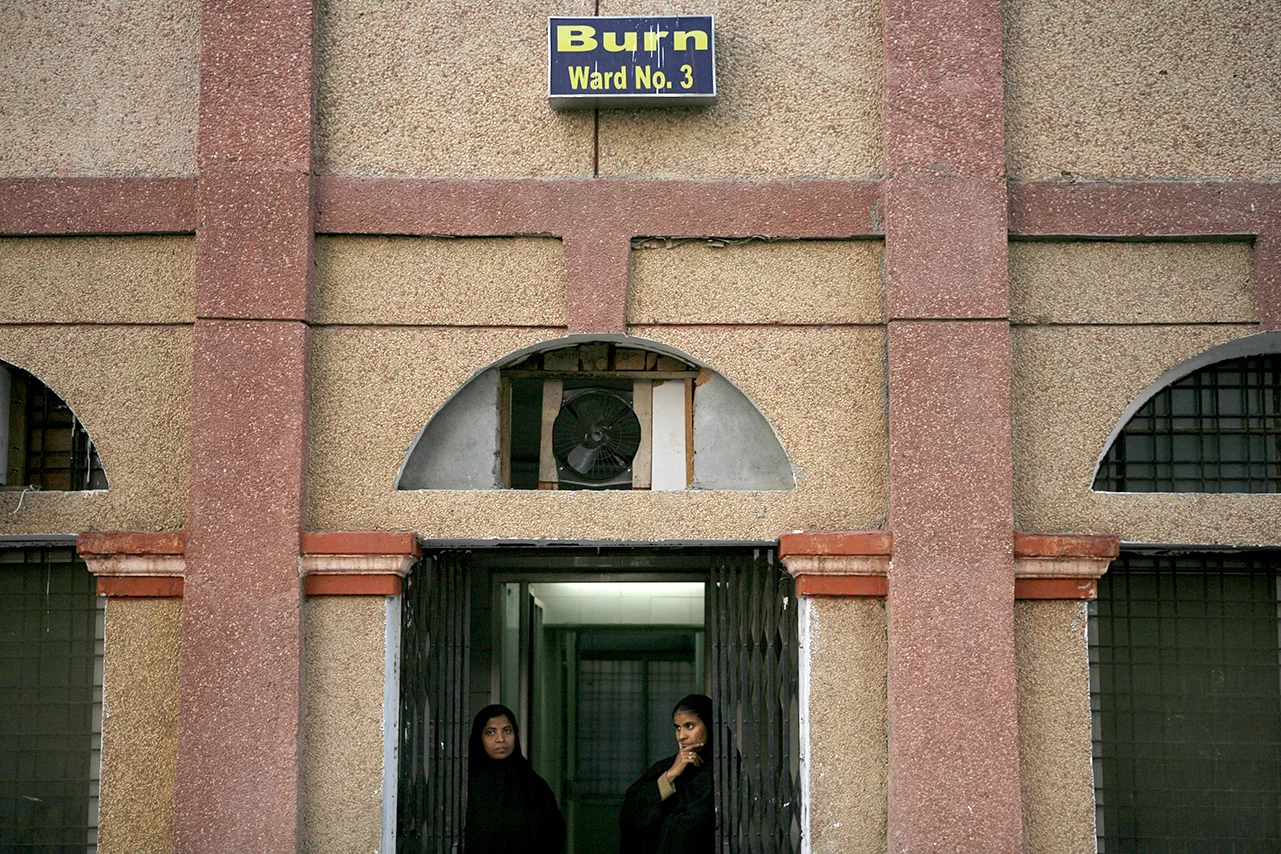
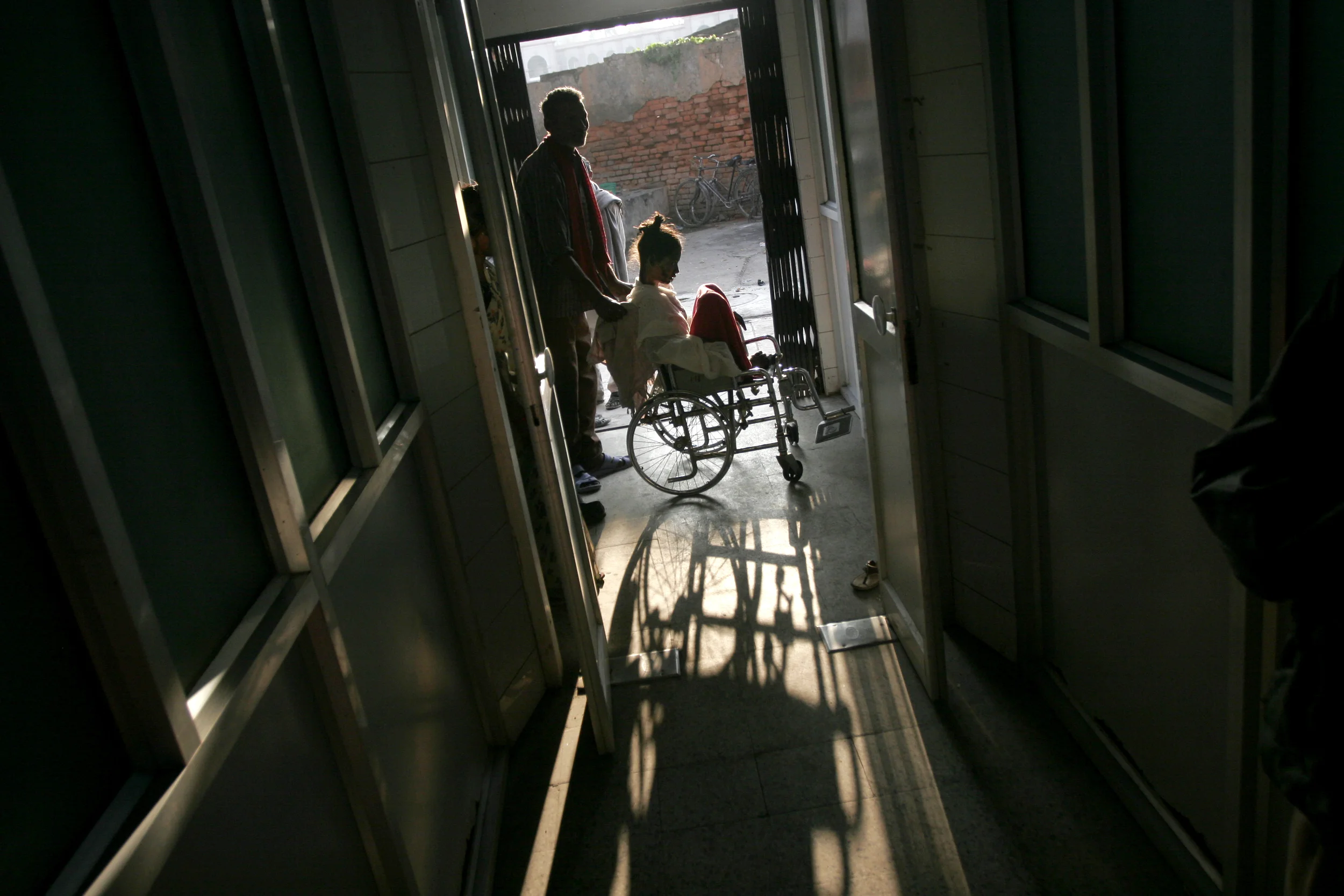
Varanasi, India //
While India’s private health sector booms, government spending on public health is among the lowest in the world: roughly four dollars a year per person. The effects are evident in India’s most populous state, Uttar Pradesh, which ranks highest in the world for flame burn injuries. Twice as many people die from burns here than in any other state in the country.
Cheap pressure-pump kerosene stoves, ubiquitous among the lower class, are the cause of most burns. They explode easily, engulfing synthetic clothing in seconds. In a country still entangled in traditional ideas of gender, women often still hold the primary position of household cook, leaving them the disproportionate victims of such explosions. Dowry disputes and domestic violence also lead to numbers of burn-related homicides and suicides. Due to societal pressures and a lack of authorities to conduct investigations, countless violent burn cases are passed off as cooking accidents.
Burn Ward #3 at Shri Shiv Prasad Government Hospital in Varanasi remains largely unattended and in dire straits. Moans of pain echo through its hall at all times of day, often unanswered. Apart from one doctor’s 20-minute rounds in the mornings and twice-daily antibiotic distribution by nurses, the ward is devoid of medical professionals. In their absence, it comes down to patients’ families to provide care. As they make themselves at home in the ward, often taking a leave from work to sleep on concrete floors and cook meals over fires in the courtyard, they shoulder tasks neglected by the very few and overworked hospital staff.